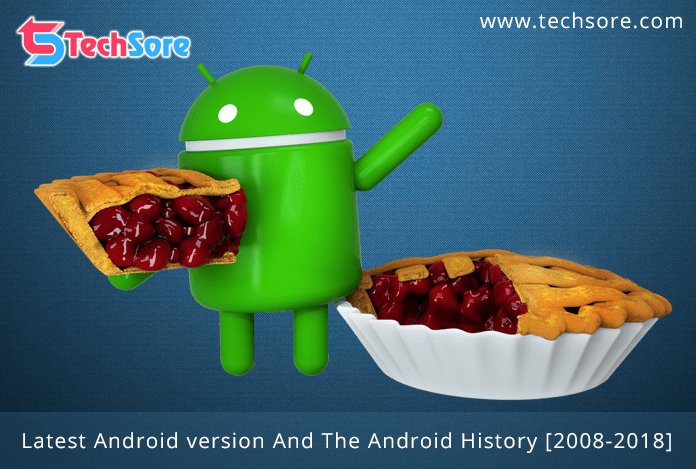
More Android smartphone manufacturers are releasing updates to the most recent operating system swiftly and to a larger number of devices. While the Pixel 4a 5G should easily make it because it will be supported until November 2023. The Pixel 4a should just about make it because it will be supported until August 2023. Therefore, the Mountain View company will not make them compatible with Android 14. Although there might still be bugs and some features might not be available, the experience is similar to that of the stable release.

All consumers are able to install beta versions as long as they have a smartphone that is compatible. This time savings might prompt Google to speed up its plans and launch a beta as early as April. According to Google, software tracking on Android 13 will be cut short and cease in March rather than June. Google typically releases the first beta of its new Android versions at its significant yearly Google I/O event, which takes place in May. Then come more developer previews, and then beta releases. From this point on, we will know precisely what new features Android 14 has.

This version is intended for programmers who create apps and services for the mobile operating system. The first developer preview of Android 14 should be made available by Google starting in February. Close to US Labor Day (which is the first Monday in September).īut before then, we’ll get our first look at the update. In particular, we can anticipate the release of Android 14’s stable version somewhere in late August or early September. With the exception of Android 12, whose development was hampered by the Covid-19 outbreak. The release of a major version of Android always occurs in the third quarter of the year. Therefore, keep in mind that the Android 14 name-and not Upside Down Cake-will be the next major release. However, following the release of Android 10, Google has stopped using these names in its marketing and communication, keeping the dessert names exclusive to its staff and away from the general public. For instance, Android 11 is known as Red Velvet Cake, Android 12 is known as Snow Cone, and Android 13 was Tiramisu.

Each update is decorated with the name of a dessert, as has been customary since the inception of the mobile operating systems, and we move down a letter of the alphabet each time. Internally, Android 14 is known as Upside Down Cake. But with this significant update to Android, we still anticipate more new features. This update should mimic Android 13 by bringing UI enhancements, new features, and optimizations without substantially changing the user experience, compared to offering profound changes like Android 12. Google is developing Android 14 after a year of transition with Android 13, which will largely have built on the interface foundations laid by Android 12 using the Material You design.


 0 kommentar(er)
0 kommentar(er)
